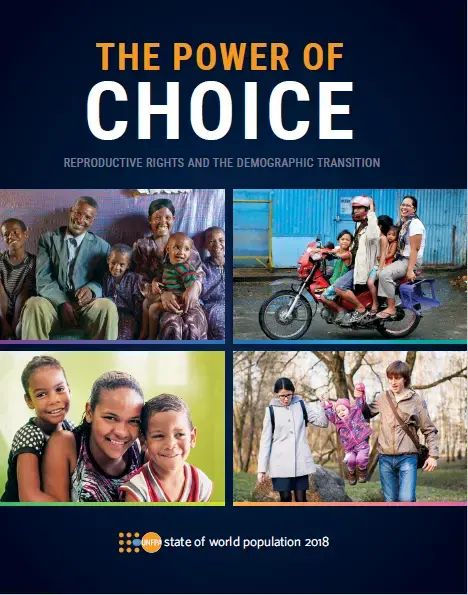Not so long ago, most people had large families: five children, on average. Where once there was one global fertility rate, today there are many, with differences wider than at any point in human history.
Family size, whether small or large, is intertwined with reproductive rights, which are tied to many other rights, such as those to health and education, adequate income, the freedom to make choices, and non-discrimination. Where all rights are realized, people tend to thrive. Where they are not, people are not able to realize their potential, and fertility rates tend to be higher or lower than what most people really want.
Currently, based on fertility rates, most countries and territories fall into four broad categories. Each set faces national policy concerns about population trends. Each has people who, because rights are compromised in some way to some degree, are not fully empowered to decide freely and responsibly how many children they have.





